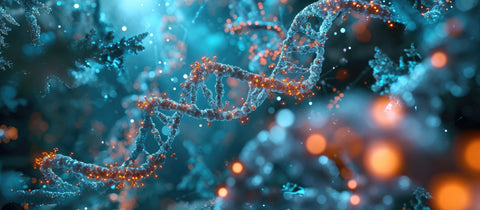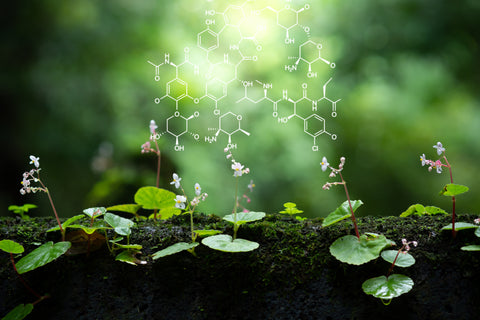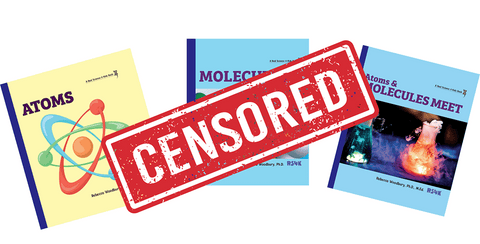Imagine you're playing with the tiniest LEGO bricks in the universe. These tiny bricks are called atoms, and they're the building blocks of everything around us. Understanding atoms is like having a secret key that unlocks the mysteries of our world. Let's explore how these tiny particles connect different areas of science in fun and surprising ways!
Chemistry: The Master Builder
Chemistry is all about how atoms come together to make different things. It's like being the master builder in a giant LEGO game! When you mix baking soda and vinegar to make a volcano eruption for your science fair project, you're seeing chemistry in action. The fizzing and bubbling happen because atoms are rearranging themselves in exciting ways.
Biology: The Recipe of Life
In biology, atoms are the ingredients in the recipe of life. Just like you need specific ingredients to bake a cake, living things need certain atoms to function. For example, the oxygen atoms you breathe in are used by every cell in your body to turn food into energy. It's like each cell has a tiny power plant inside!
Physics: The Cosmic Dance
Physics looks at how atoms move and interact. Think of atoms as tiny dancers on a dance floor. In solids, they dance close together in a tight pattern. In liquids, they swirl around each other. And in gases, they bounce all over the place! This explains why ice floats in your drink – the water atoms spread out when they freeze, making ice less dense than liquid water.
Geology: Earth's Time Capsules
Geologists use atoms like detectives use clues to solve mysteries about Earth's history. Some atoms act like tiny clocks inside rocks. By looking at these special atoms, scientists can figure out how old a rock is – even if it's billions of years old! It's like each rock is a time capsule telling a story about Earth's past.
Astronomy: Starry Messages
Astronomers use atoms to learn about faraway stars and planets. Every type of atom gives off a unique pattern of light, like a fingerprint. By studying the light from stars, scientists can tell what they're made of, even from millions of miles away. It's like atoms are sending secret messages across space!
Why It Matters
Understanding atoms helps us make sense of the world around us. It explains why your bike might rust if left in the rain (those pesky oxygen atoms are at it again!) or how plants turn sunlight into food. It even helps us develop new medicines and materials that make our lives better. So, the next time you look at anything – from a flower to a star in the sky – remember that it's all made up of these incredible, tiny atoms. They're the unsung heroes connecting all areas of science, helping us understand our amazing universe one tiny piece at a time!





Comments (0)
There are no comments for this article. Be the first one to leave a message!